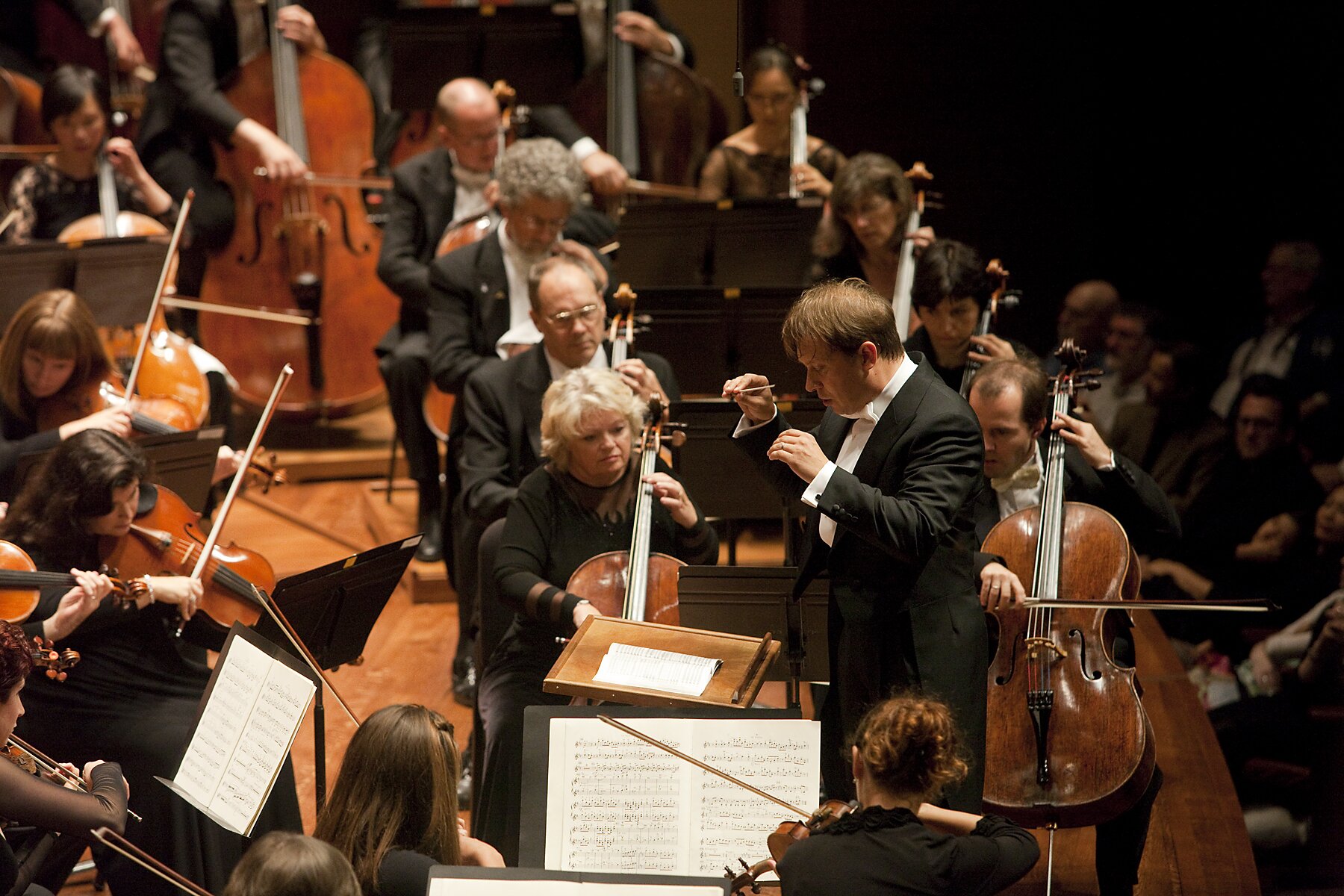The 2011 one-woman play The Edge of Our Bodies made its regional premiere last weekend at Washington Ensemble Theatre.
Samie Spring Detzer plays Bernadette, the protagonist/anti-hero of her own story about a sixteen year old prep school student who skips class and takes a train to New York to find her to boyfriend and let him know she’s pregnant. She wants to surprise him with the news but he’s not at home, nor at the coffee shop where he works. As this is told from her point of view, Bernadette proves to be an unreliable narrator to her own story, or at least an inconsistent one.
At the beginning of the play, Bernadette is on the train and she strikes up conversations with strangers and begins lying a few questions in. Not that she necessarily owes strangers a full accounting of her life, but it also makes the audience wonder about her credibility as a narrator going forward. She’s an actress in school and says she wants to be a short story author throughout its 90 minutes. She narrates the story like she’s reading it directly from her moleskin diary.
The writing from Adam Rapp’s script is particularly good when Bernadette is narrating her story, but if we’re going to believe that she has promise as a storywriter, she’ll have to find better metaphors than describing a man’s face as being like lunchmeat.
Bernadette comes from enormous privilege and sometimes you feel like much of her education involves being conversant at cocktail parties, by name-checking Jean Genet and Jonathan Safran-Foer. At another point, she credits her boyfriend for turning her on to the Beatles, even though both living members are old enough to be her grandfather. Her precociousness is grating but I found my enjoyment of The Edge of Our Bodies increased because of my moral neutrality to the central character.
To say that I was morally neutral towards Bernadette doesn’t mean I didn’t care. This is a character who is multi-layered and complex, but not something that can be summed up as “likable.” Her young age leads to some naiveté and decisions most people wouldn’t make. With the story being her first-person account, it’s deliberately unclear just how accurate her accounts of her interactions are, particularly with her boyfriend’s father, a bartender/actress she meets, and a stranger she meets in a bar that she goes to a hotel room with.
The most obvious thing that stands out here is the terrific performance from Samie Spring Detzer, who found a vehicle with director Devin Bannon that conveys her skill and range as actor, and the prose from Rapp’s script. I imagine it was a very difficult performance to nail, but Detzer brings a lot of nuance and conflicting ideas to Bernadette and she handles it masterfully.
There’s one particular moment in the play that I can’t stop thinking about. It’s after Bernadette leaves the hotel room of the stranger she met in a bar. She notes her loneliness and says that at that moment there isn’t anyone worrying about her. It isn’t (too) self-pitying but revealing vulnerability that she works hard to keep invisible, including from herself.
When I saw The Edge of Our Bodies, it was on a Monday night. I haven’t stopped thinking about it since I left the theater. It’s been a couple of days now, but I don’t expect that to change in the near future. It’s the type of play a writer could easily immerse themselves in.
{The Edge of Our Bodies plays at Washington Ensemble Theatre Thursdays through Mondays at 7:30pm, through April 14. Tickets can be obtained here.
